Is IoT business on track ?IoT plays a key role in connecting our physical world to a cyber physical system (CPS).
IoT business has a huge potential market, but its current market is limited. Why?
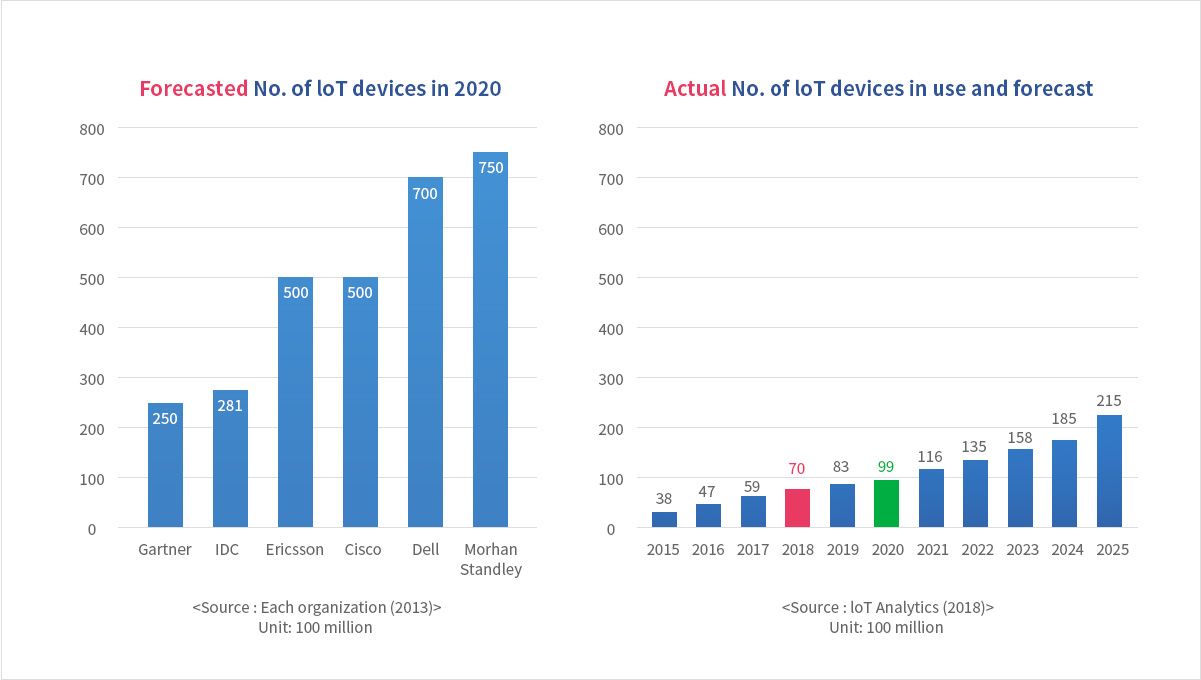 The main reason why IoT services do not really progress slowly is due to technical deficiencies and complexity
The main reason why IoT services do not really progress slowly is due to technical deficiencies and complexity
As an example , off-the-shelf IoT connectivity technologies such as BLE , ZigBee, LoRa are a major impediment to the
commercialization of the IoT ecosystem , which is unable to provide the required performance in a service environment
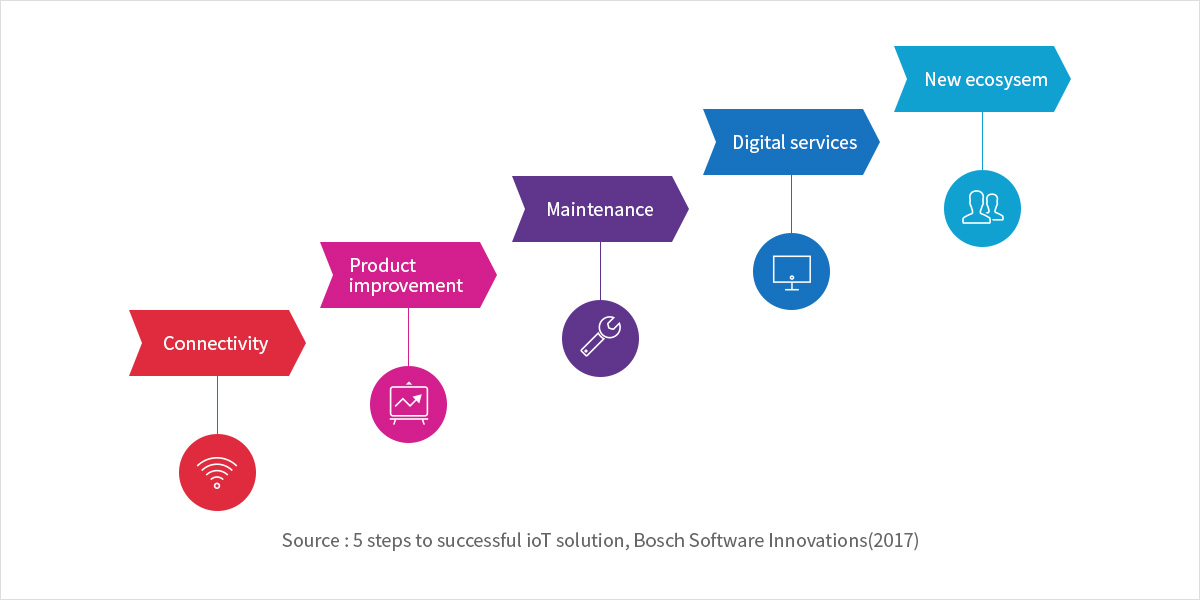
Key requirements for the “IoT connectivity”
- Self-networking in a very large scale with higt scalability.
- Reliable and energy-efficient operation even in the change of operational environments.
- Stable data transmission even in harsh operation environments.
- Security for the networking and data.
- Low cost for operation and maintenance.
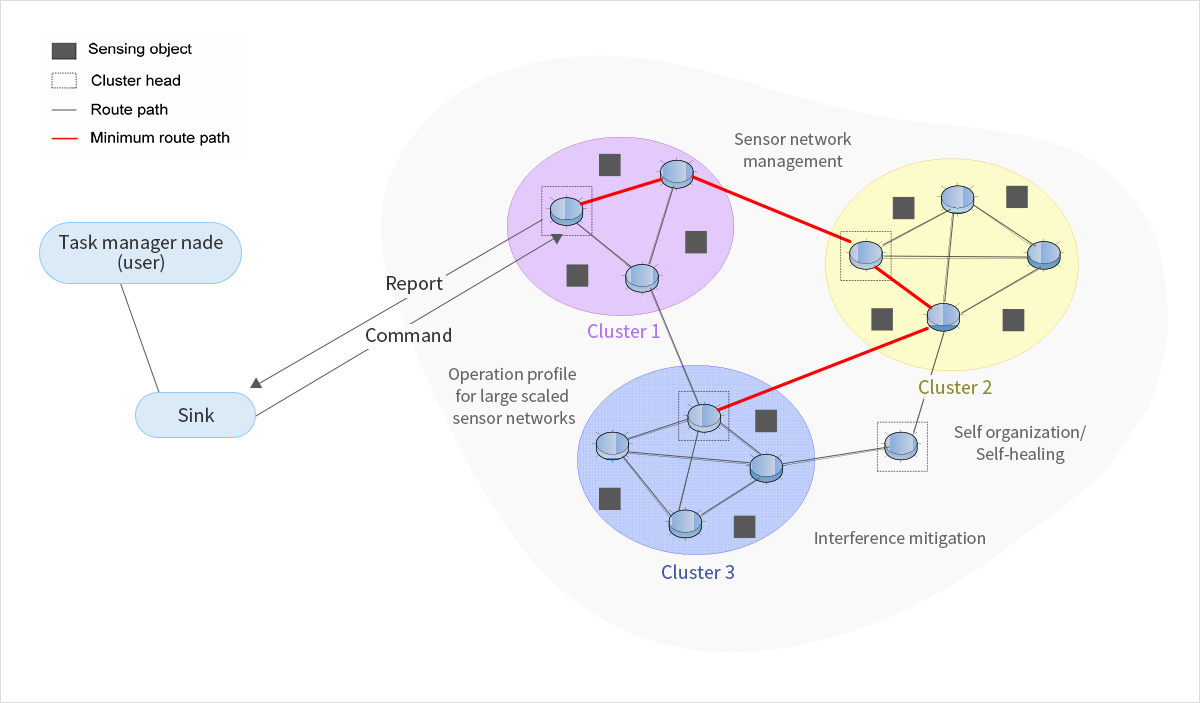
IoT connectivity marketsMost of “loT connectivity” may require low-power short-range connectivity technologies such as ZigBee and BLE.
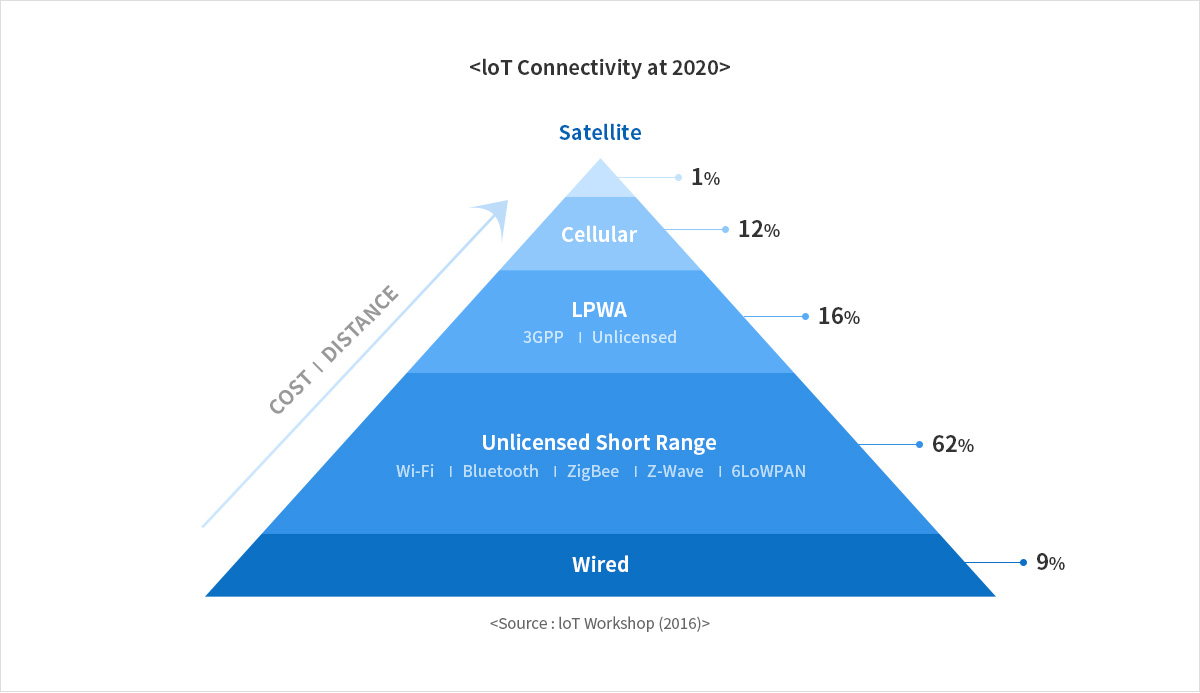
HB2200: The first solution for true massive IoT connectivity HB2200 SoC enables massive-scale loT networking in a plug-and-play mode, while providing backward-compatibility with ZigBee.
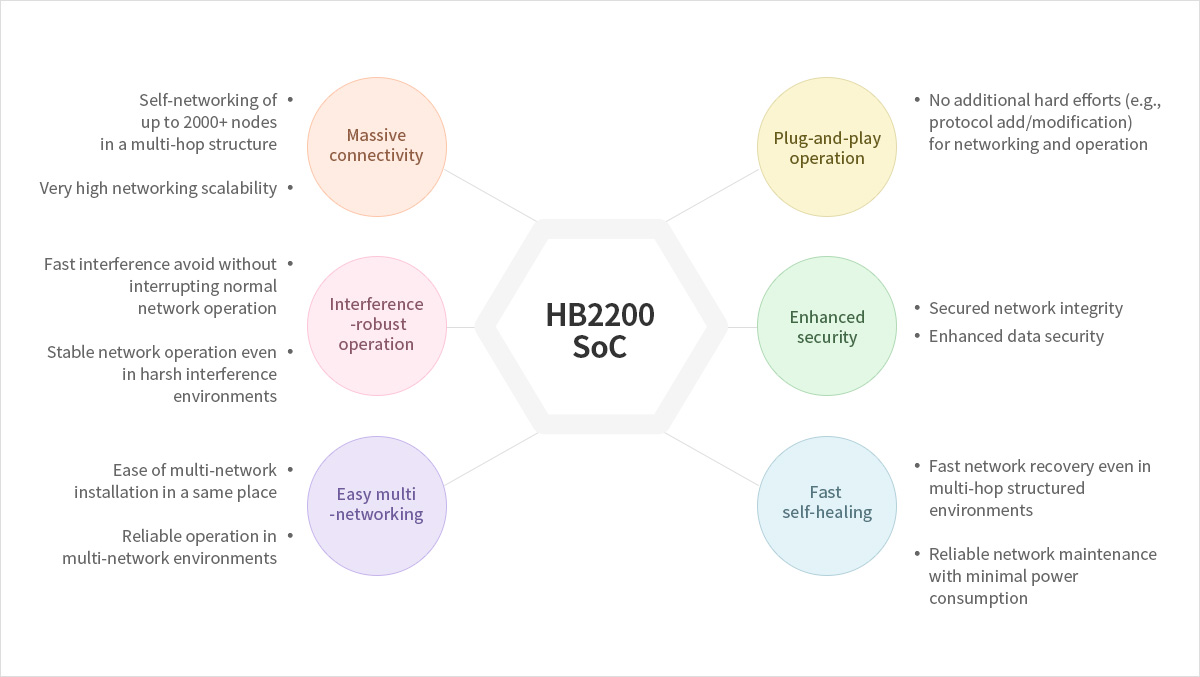
Comparison by performance : low-power, short-range loT technologies

hyBee provides a true “loT connectivity” for the commercial deployment of loT services
- Most of off-the-shelf “loT connecticity” SoCs (e.g., BLE, ZigBee or Z-Wave)
suffer from critical shortfalls when applied to commercial service environments. - HB2200 enables the construction of short-range, large-scale networks for loT services in a plug-and-play mode.
(e.g., commercial loT, industrial loT, logistics and automotive)
IoT networking technologies: Mesh vs. Tree structure
Mesh-structured networking
-
A technology for large-scale loT connectivity, but suffers from poor performance in practice.
- - No self-networking capability : All nodes should be networked manually.
- - Only small size networking of up to 30+ devices may be practical.
- - No robustness to the presence of co-channel interference.
- - Network scalability is very low : Add/deletion of nodes cannot be achieved easily.
- As a consequence, mesh-based technologies have been losing their market and position in large-scale loT services.
Tree-structured networking
- Another well-known technology for large-scale loT connectivity, but not practically matured yet.
-
hyBee’s technology truly makes it possible to construct tree-structured large-scale networks.
- - Large-scale self-networking of up to 2000+ nodes can be achieved in a plug-and-play mode.
- - Strong robustness to co-channel interference provides reliable networking performance.
- - Network scalability is very high : Add / deletion of nodes can be achieved easily.
- - Self- healing is fast achieved even in harsh operation environments.